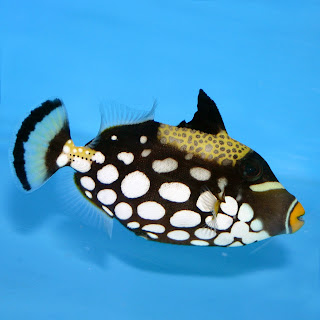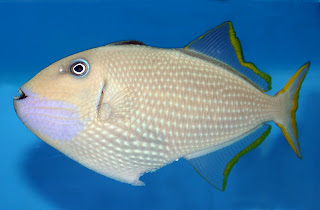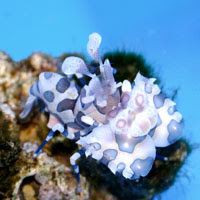Well, MACNA XXI is in the rearview mirror, along with all the traffic on the Atlantic City expressway. This years MACNA was number six for both myself and That Fish Place, and I must give my complements to the New Jersey Reefers Club and MASNA for a very well organized and well run show. What a great bunch of folks, I lost count of how many times someone from the club stopped me to make sure we did not need anything, or just to ask how things were going.
I would also like to thank all the attendees that stopped by our booth. It is great to meet people who know us as a mail order company, but never get to meet us, or visit our retail store. Lots of familiar faces as well, we really enjoy the interaction at events such as this.
With the venue in Atlantic City this year, we (along with several other vendors) put an element of gambling into our booth with a Plinko game. Wow, was that a popular idea! We even had other vendors coming over to play. We had some great prizes to win in the game, everyone won something, it was a lot of fun. We had some special T-Shirts made up for the show, they were by far the most popular prize in the game, I think that you will see them make an appearance in our store in the near future.
One of the things that the New Jersey Reefers did with this particular show was set the workshop demonstrations up in multiple locations within the exhibit hall, a great idea. With the video system they used, it allowed far more people to see the Demos. Especially for the folks who only attended the show for one day, I think that it let them get more done in a short period of time than at past shows. They had three demo areas running at once, for an hour each. Each demo lasted 15 minutes, then repeated, this allowed you to see all three demos within the hour, without having to move from room to room. I sat in on a couple of the demonstrations, one by Justin Credabel (great name, I think I need a new one) and Kelly Jedlicki, both were very interesting, short, and too the point. I will post a follow up blog about the topics that they discussed.
The speaker hall was in a nice sized room, a short walk from the exhibit hall, and again very well organized with video systems so that no matter where you were sitting, you had a good view of what was going on with video screens and monitors throughout the hall. Unfortunately, time did not allow me to get away from the exhibit hall to see most of the speakers, but Cory and I did get a chance to see a few. We will also post some blogs about the topics of discussion in the near future.
We had a great time at the show, and from what we saw, so did most everyone else. For those of you who have never attended a MACNA show, I would very much encourage you to do so. There is so much to see and do, and everyone is there to have a good time. Hopefully, we will see you in Orlando next year for MACNA XXII.
Dave
 That Fish Blog – Aquarium Advice and Information
That Fish Blog – Aquarium Advice and Information





